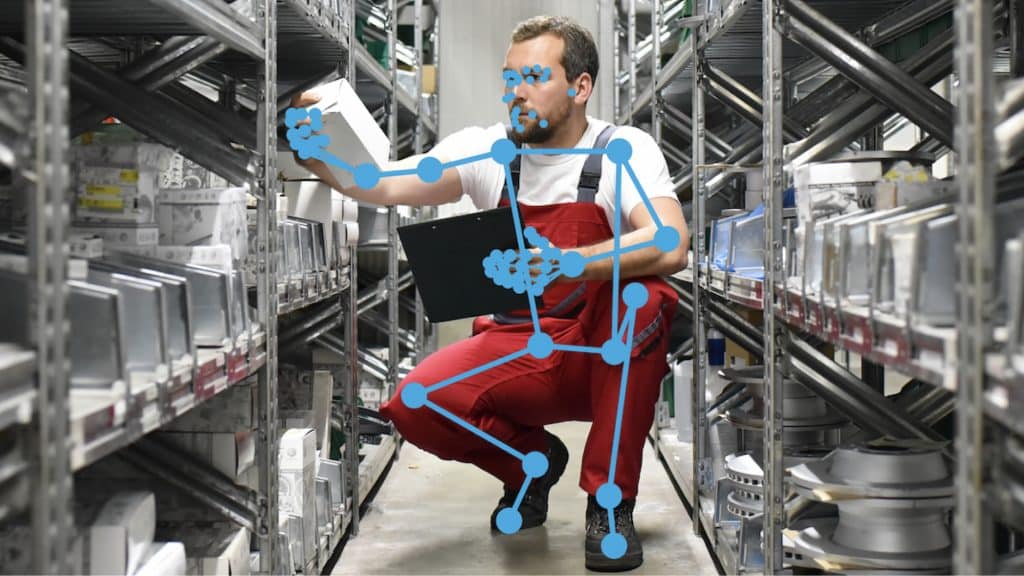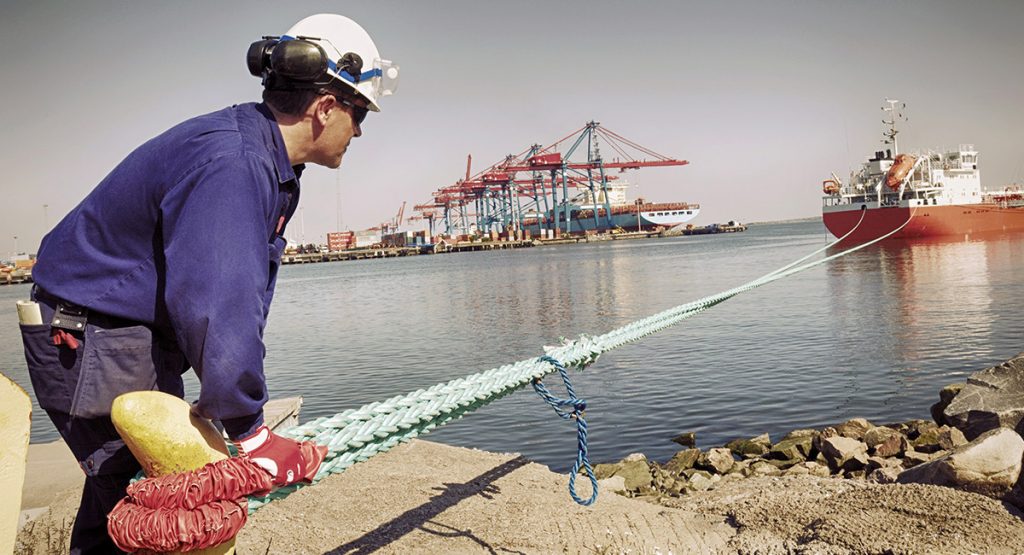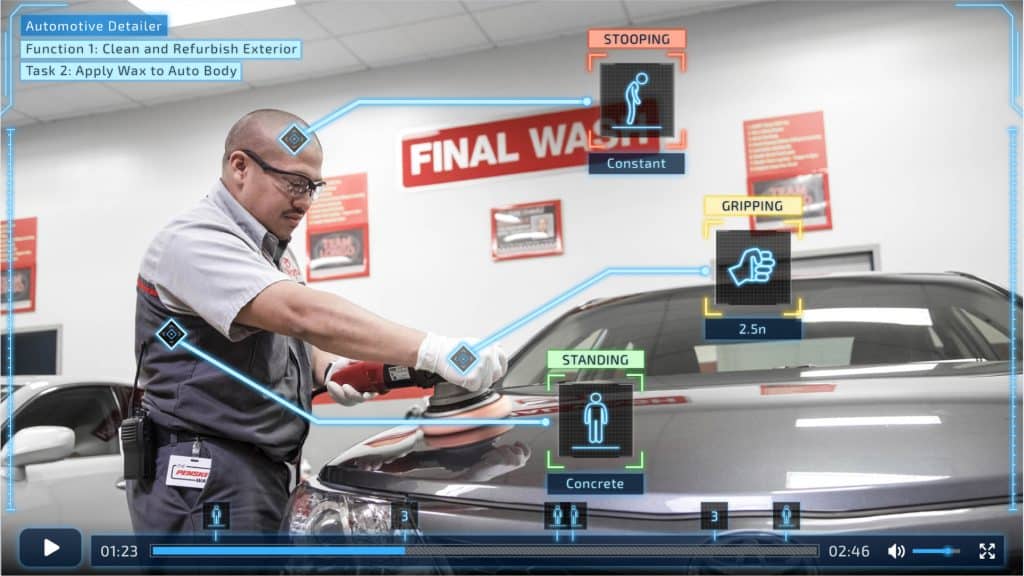Return to Work Expedited with MyAbilities

How is Return to Work expedited? MyAbilities recognized that the Return to Work (RTW) process for many employers and their claims managers has not fundamentally changed in decades. MyAbilities developed a new process to help expedite RTW over the last 3 years. The goals are to get employees back to work faster and to reduce […]
Office ergonomics can improve (or hurt) well-being

Did you know that over 60% of office workers are feeling discomfort? Or that musculoskeletal disorders (MSD’s) account for a third of workers’ compensation claims? Improving office ergonomics is quickly becoming a necessity. This inspired the creation of the Rapid Office Strain Assessment, or ROSA. This online tool guides users through an office ergonomic self-assessment. […]
Automated risk assessments from Functional Job Descriptions – using PDAi and the Demand Score to look at risk in your workplace

Written by Mike Sonne, PhD, CCPE Typically – a physical demands description, or a function job description, has served as a cookbook – a recipe to determine the ingredients required to complete a job, but nothing like a food critique that would tell you if that job was good or bad. If someone needed to […]
Functional job descriptions: Why do you need them?

Beth Burry – AVP, clinical ops, Sedgwick field case management and return to work As every manager knows, job descriptions are a necessary tool to help match the most appropriate and qualified candidates to job postings, while weeding out ‘unqualified’ candidates. This means many job descriptions are written to exclude candidates in the application process […]
Research Review: Is physical capacity associated with the occurrence of musculoskeletal symptoms among office workers?

Injury occurs when the demands of a job exceed the capacity of a worker. Primarily, the capacity of a worker is focused on the physical strength that they possess – how much muscle force can be generated by the muscles of the lower back, shoulder, etc. However, other factors inherent to the job can also […]
The DOL Strength Levels – does oversimplifying job demands increase exposure to injury risk?

Written by: Mike Sonne, PhD, CCPE Summary: The DOL strength levels classify jobs into 5 separate categories defined by force/weight, and frequency of exertion. The classification system leads to a broad oversimplification of the demands of work, which in the worst case can lead to over and under estimates of physical demands of over 500%. […]
Use Collaboration, Technology for ADA Compliance and Positive Return to Work Outcomes

BY AMAXX / Michael B. Stack Returning an injured worker to the job before he’s physically ready can be a nightmare. The last thing an employer wants to do is put the employee at risk of reinjury. On the other hand, waiting to bring an employee back until he is 100 percent recovered prolongs the number […]
Video Kinematics Produces Physical Job Demand Descriptions on Steroids

BY AMAXX / Michael B. Stack How familiar are you with the physical demands of every job in your company? That may sound like a loaded question, but the more understanding you have of each job, the better you’ll be at preventing injuries, reducing workers’ compensation costs and improving your bottom line. However, many companies face […]
Preventing Repetitive Strain

BY CITY MATTERS 4.5 million Canadian adults annually experience a Repetitive Strain Injury that is serious enough to limit normal, day-to-day activities, and with Repetitive Strain Injury Awareness Day is coming up on Thursday, February 28th, we welcome Dr. Mike Sonne to the show to help us prepare. View the original video:CABLE 14 NOW
How to adjust your workspace to reduce the risk of injury

BY CityNews Small inexpensive adjustments you can make to your workspace to increase blood flow and reduce the risk of injury. Read the original article:CityNews660 CityNews680 News

